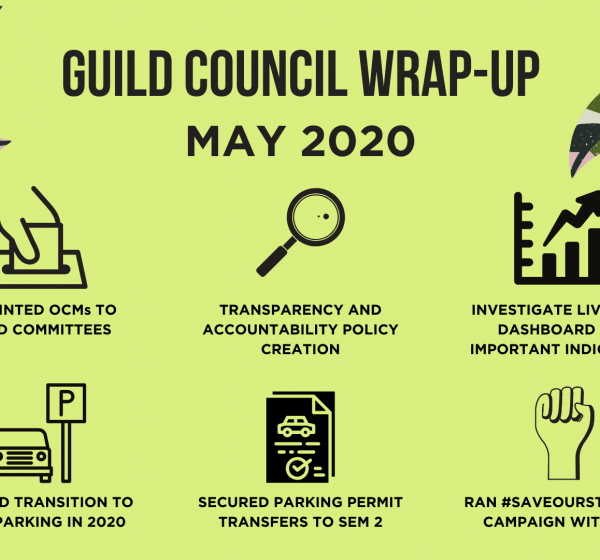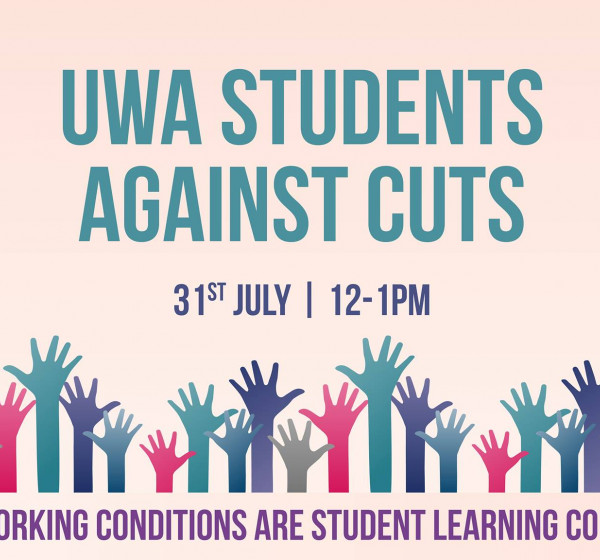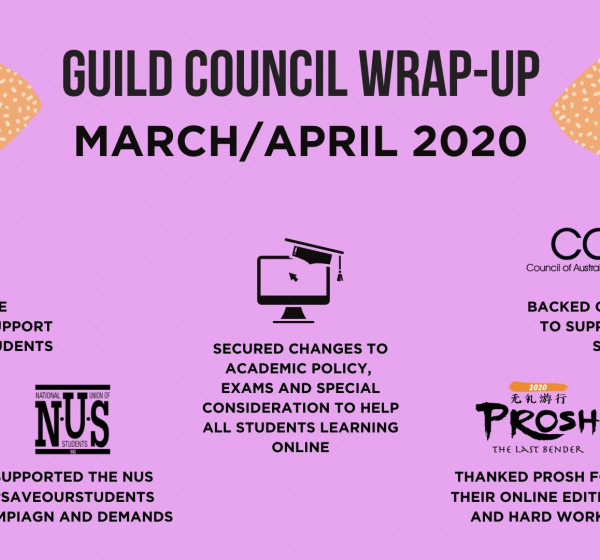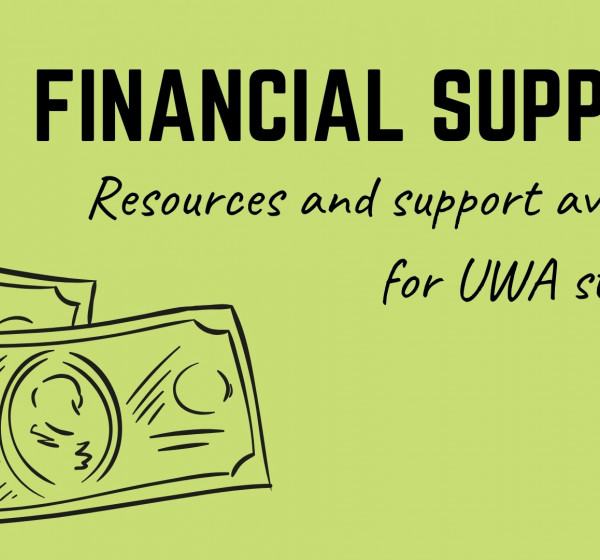The scheme
will make people pay more for courses that will earn them less when they
graduate. In some cases, it will even see students pay more for their units
than it costs to actually teach them. Currently the funding model matches fees
to expected graduate income, and to the cost of teaching (which is higher for
engineering than for arts or business, for example). This proposal reverses
that, requiring graduates on lower incomes paying off thousands of student
debt.
In doing
so, the Government seeks to funnel students into courses they consider
“job-relevant”. This means students in these disciplines will have to decide
between studying what they are passionate about or taking on enormous debt.
This is in spite of a lack of evidence to suggest the carrot-and-stick approach
will create the outcomes the proposal seeks to achieve.
While
this change may make some degrees cheaper for some students, there will be less
funding per student across UWA.
Students
studying science degrees will pay less, but the Government has cut their
contribution by $2760 per student per year.
Engineering will also be cheaper for students
but will also experience a 16% reduction in Government contribution, amounting
to $4758 less funding per student per year.
Likewise,
Agriculture will experience a reduction in funding of $3444 per student per
year. Maths, a reduction of $3513 per student per year. This makes it harder to
staff, resource and teach these degrees. Several professional bodies have come
out in opposition to the reform, including Engineers Australia and the Australian Psychological Association.
A
reduction in revenue received by universities will put teaching resources under
pressure in these faculties. This means things like larger tutorial sizes, overworked Unit
Coordinators and less support staff, such as lab demonstrators. It may also see
cuts across our university in other areas in an attempt to make up the funding
shortfall.
Additionally,
the proposal will reduce the proportion of government funding in the university
system as a whole. The Government is introducing 39 000 new university
places while simultaneously cutting funding to universities. Universities will
have less money, less staff, fewer resources but more students. This is in spite of the sector facing an
estimated $4 billion drop in revenue, with thousands of jobs on the line.
Students
should not have to bear the brunt of the COVID-19 pandemic or be penalised by
choosing to study what we are passionate about. The Federal Government must
fund higher education properly across the board, instead of cutting investment
and pitting students against each other.
So what
can you do?
On Friday,
we’re joining the Emergency Student Protest – Stop Fee Hikes, Stop Cuts in Forrest Chase. We encourage all students to come along to oppose these
restructures.
We’ll be
following it up with a Rally on Friday 3
July outside of Parliament House. If you’re keen to get more involved with
action, join the Hands Off Our Education Organising Group.
**Make sure to
follow social distancing requirements at protests and rallies – bring masks and
hand sanitisers, and do not attend if you don’t feel well.**
You can also contact
Education Minister Dan Tehan directly:
Tweet: @DanTehanWannon
Call: (03)
5572 1100
Email: [email protected]











